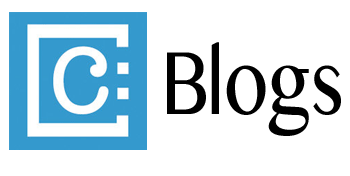
As we approach the upcoming National Arts Marketing Project Conference in Memphis, I’m excited to enter a new conversation about the possibilities for our sector that can be unlocked by embracing a designer’s mentality (Design Thinking Boot Camp preconference). Indeed, we must first understand—and continually learn—about the people we are not currently engaging if we are to develop a shared organizational strategy that results in the creation of meaningful programs. Designers understand that how we frame a challenge often determines what solutions we deliver, and it is my hope that we can embrace the critical need to diversify our audiences, our leadership, and our organizations as an opportunity to center the arts in every American community.
The following is a list of questions about the language, culture, design, and learning that I believe could lead us to spark important conversations within our organizations that lead to positive change in our work as we seek to shape a more equitable field for our future. By no means is this list all-inclusive or conclusive. In the spirit of partnership, I invite you to join me by sharing your own thoughts and questions in the comments section below.
Questions About Language
- At what reading level must a visitor be competent in order to understand and appreciate printed programs, web pages, labels, or other public-facing text?
- What are the most common languages that the people in your community speak, and in what languages must a visitor achieve fluency in order to fully participate or appreciate an experience at your facility?
- Does your organization have a common practice and expectation that its staff, board, artists, and collaborators will ask for and use an individual’s pronouns?
- How does your organization hold its staff, board, artists, and collaborators accountable in using trans-positive and culturally-respectful terminology?
- Does your organization have a representative fluent in American Sign Language, or has it identified solutions to better communicate with a person who is deaf or a person who has a speech impairment?
- What possibilities exist for your programs if language were not a barrier between your artists and audiences?
Questions About Culture
- Does your organization have a common definition of cultural equity?
- Would you still invest in the work of reshaping your organization for equitable outcomes even if it did not produce short-term financial gains (e.g. higher ticket sales in the current season)?
- Are you looking to build a more diverse audience that might excite new conversations and visions for your organization, or are you seeking new faces to join and behave like your existing audience?
- Does your organization have methods of evaluating its efforts to become more inclusive and equitable? Do they include qualitative and quantitative benchmarks?
- Among those who have never visited your facility or attended your programs: how much do they believe is the cost to attend, visit, or participate? How do you know?
- How do historically-marginalized groups feel about your organization? How do you know?
- What questions are visitors most frequently asked by those who work for your organization?
- Are historically marginalized groups represented in your organization’s primary artistic programming?
- How does your organization ensure that women and people of color are being considered for leadership opportunities?
Questions About Learning
- If a member of your community were to share a concern or complaint that involved a micro-aggression or offense, does your organization report back to that guest to share how the incident was mediated and what course of action will be taken in the future? Is this process outlined in a way that is easily found and accessible to the public?
- Are representatives of your organization encouraged or expected to take part in diversity training and educational opportunities, even if they take place during regular office hours?
- How is audience and public feedback shared and considered by staff and volunteers of your organization?
- Does your organization provide recommended reading lists or suggested field trips for its staff, board, and collaborators? How often is it updated?
- How often does your organization provide workshops or invite guest speakers to provide training on inequity?
- Does your organization embrace growth in a linear/ending or cyclical/continual fashion?
